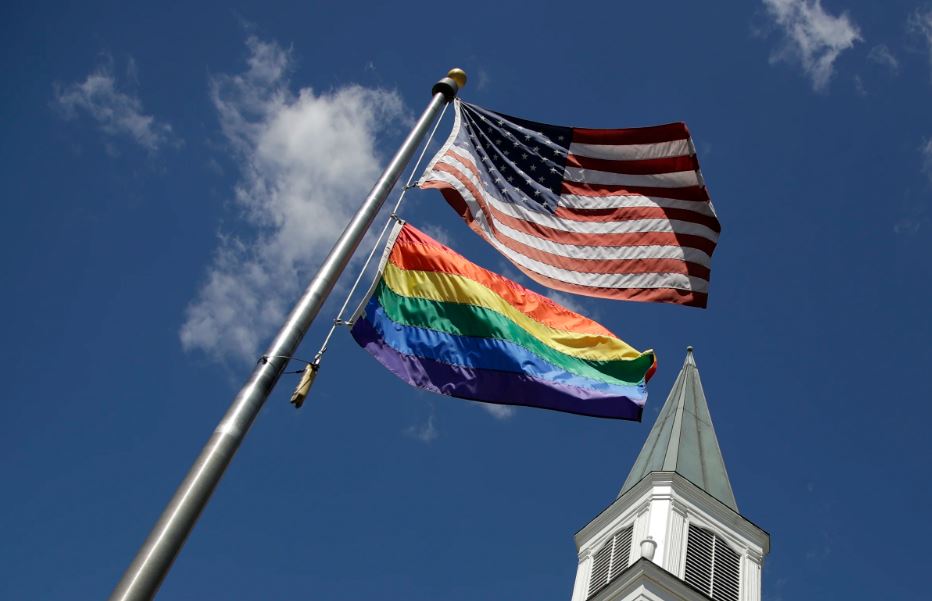
By Katharine Jackson
(Reuters) – The United Methodist Church voted on Tuesday to uphold and strengthen its ban on same-sex marriage and LGBT clergy in a move likely to alienate large numbers of followers who had pushed for reform.
By a vote of 438-384, delegates from around the world attending the church’s General Conference in St. Louis reinforced a United Methodist Church policy established in 1972 stating that “the practice of homosexuality is incompatible with Christian teaching.”
Known as the Traditional Plan, the new policy includes penalties for breaking its rules and asks those who will not obey it to find another church.
The Traditional Plan is designed to serve as a coherent United Methodist Church policy on LGBT clergy and their marriage practices after years of inconsistency among individual United Methodist churches, with some churches denouncing homosexuality as a sin and others embracing gay and lesbian clergy members.
Before opting for the Traditional Plan, delegates rejected an alternative known as the One Church Plan, which would have allowed individual churches to decide whether to perform same-sex marriages and welcome gay and lesbian clergy members. Under that plan, the statement that homosexuality is at odds with Christianity would have been eliminated.
The vote roiled many in America’s second-largest Protestant denomination. Tom Berlin, a delegate, told Reuters that some supporters of the One Church Plan held small protest demonstrations afterward.
LOSE CREDENTIALS
“This is devastating,” Lucy Berrier said on Twitter. “Above all, the United Methodist Church is supposed to be a place of grace and service, not this bigotry and hate. My heart is broken into a thousand pieces.”
Berlin, who is a pastor in the Washington suburb of Herndon, Virginia, said with the new plan in place, some church members would risk losing their credentials to practice their belief in LGBT rights.
“Some churches will begin to do what they desire. They will test this new legislation by performing marriages and some conferences will ordain gay clergy,” he said in an interview after the final vote.
At least 12 million people, including 7 million in the United States, belong to the United Methodist Church. A 2014 Pew survey found that 60 percent of U.S. Methodists said homosexuality should be accepted by society. About half of U.S. Methodists said they supported same-sex marriage.
The rift in opinion over gay marriage and clergy members’ sexual orientation is along geographic as well as ideological lines.
Supporters of the Traditional Plan include many African and Philippine members as well as evangelical members from Europe and the United States. The One Church Plan derived most of its support from members in the United States who have witnessed a wave of social change regarding LGBT rights and awareness.
The U.S. Supreme Court legalized same-sex marriage in all 50 states in 2015. But the law does not apply to religious institutions.
The Southern Baptist Convention, the largest Protestant denomination in the United States, remains strongly opposed to same-sex marriage. But a growing number of U.S. Protestant denominations allow gay marriage and clergy, including the Episcopal Church, the Presbyterian Church (U.S.A.) and the Evangelical Lutheran Church in America.
(Reporting by Katharine Jackson in Washington; Editing by Bill Tarrant and Peter Cooney)






